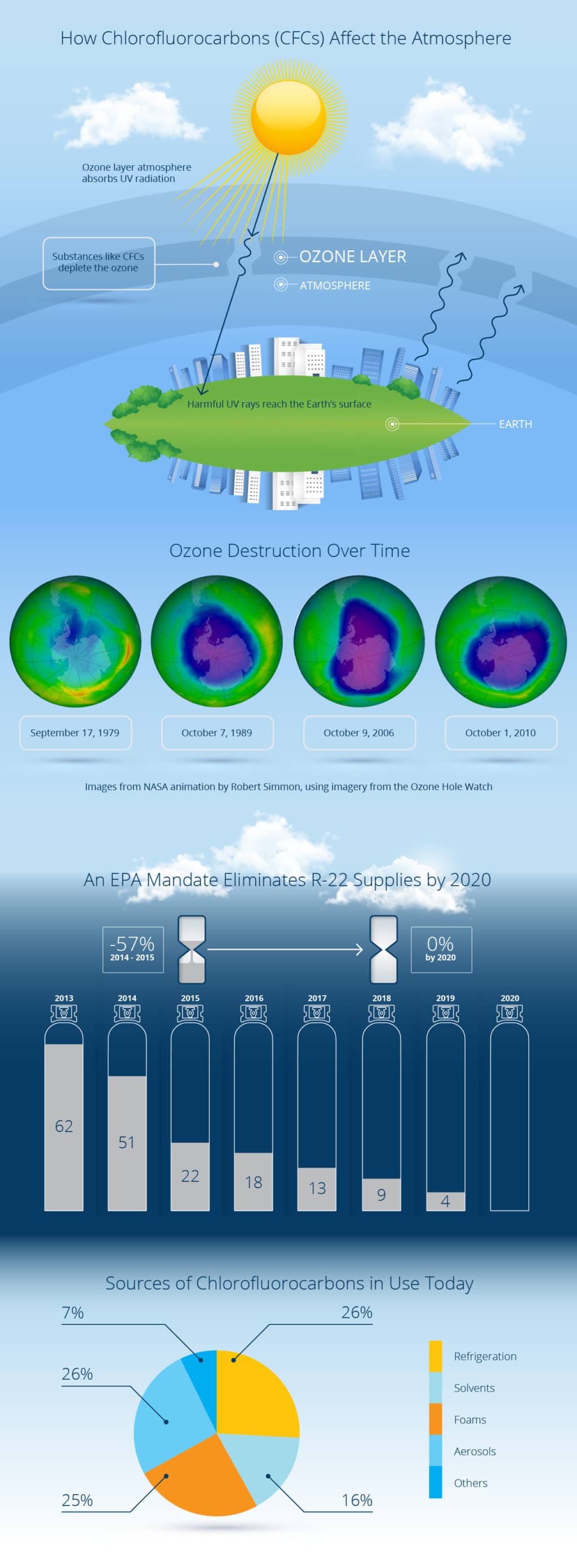Understand How To Optimize The Efficiency And Resilience Of Your Heatpump System By Sidestepping Regular Installment Risks
Understand How To Optimize The Efficiency And Resilience Of Your Heatpump System By Sidestepping Regular Installment Risks
Blog Article
Produced By-Harper Carson
When installing a heatpump, you need to stay away from common mistakes that can jeopardize its performance. Ignoring appropriate sizing might cause inadequacies and greater energy expenses. Overlooking insulation and sealing can lead to power waste and strain on the system. Moreover, placing the exterior system incorrectly might influence its efficiency. By staying clear of these errors, you can make certain optimal operating and sturdiness of your heatpump system.
Improper Sizing of Heatpump
When it involves the installment of heat pumps, one of the most typical mistakes is improperly sizing the system for your room. Ensuring the ideal size is important for optimum performance. If the heat pump is too tiny, it will certainly have a hard time to warm or cool your room successfully, causing raised power costs and prospective wear and tear on the device.
On the other hand, if the heat pump is as well large, it will certainly cycle on and off often, causing temperature level variations and decreasing its life expectancy.
To prevent this blunder, it's important to have a specialist analyze your area and suggest the ideal size of the heat pump based upon variables like square video, insulation, ceiling height, and local environment. By spending the moment and initiative to make certain the appropriate sizing, you can take pleasure in a comfy setting while maximizing energy efficiency and extending the lifespan of your heatpump.
Inadequate Insulation and Sealing
To make sure the effective operation of your heat pump, it's crucial to resolve insufficient insulation and sealing in your space. heat pump people helps preserve a consistent temperature level inside, decreasing the work on your heatpump. Poor insulation can lead to power loss, making your heat pump work harder and less successfully.
Securing any type of spaces or leakages in your space is just as important. These gaps permit conditioned air to get away and exterior air to leak in, compeling your heat pump to make up for the temperature level fluctuations.
Wrong Placement of Outdoor Unit
Attending to the positioning of your heat pump's exterior device is essential to enhancing its efficiency. Setting up the outside unit in a wrong place can lead to effectiveness issues and potential damages to the system.
One usual error to stay clear of is placing the outside unit also near to a wall surface or other frameworks. This can restrict air movement, causing the unit to work harder to warmth or cool your space, inevitably minimizing its performance and lifespan.
An additional mistake to steer clear of is positioning the outdoor system in direct sunlight. While some sunlight is unavoidable, too much exposure can bring about getting too hot, particularly throughout warm summer days. It's best to place the outdoor device in a shaded area to help maintain its ideal operating temperature level.
Furthermore, make https://average-cost-to-install-c65420.answerblogs.com/31379721/necessary-steps-for-preparing-your-home-for-heat-pump-installation-a-detailed-overview that the outdoor unit is placed on a secure and level surface area. Unequal ground can create resonances and unneeded stress on the system, impacting its performance over time.
Verdict
Finally, preventing typical blunders during heatpump setup is important for optimizing efficiency and long life of your system. By ensuring source website sizing, sufficient insulation, sealing, and proper placement of the outdoor unit, you can prevent issues such as inefficiencies, boosted power expenses, and stress on the unit. Putting in the time to deal with these essential aspects will inevitably save you money and time in the long run.
